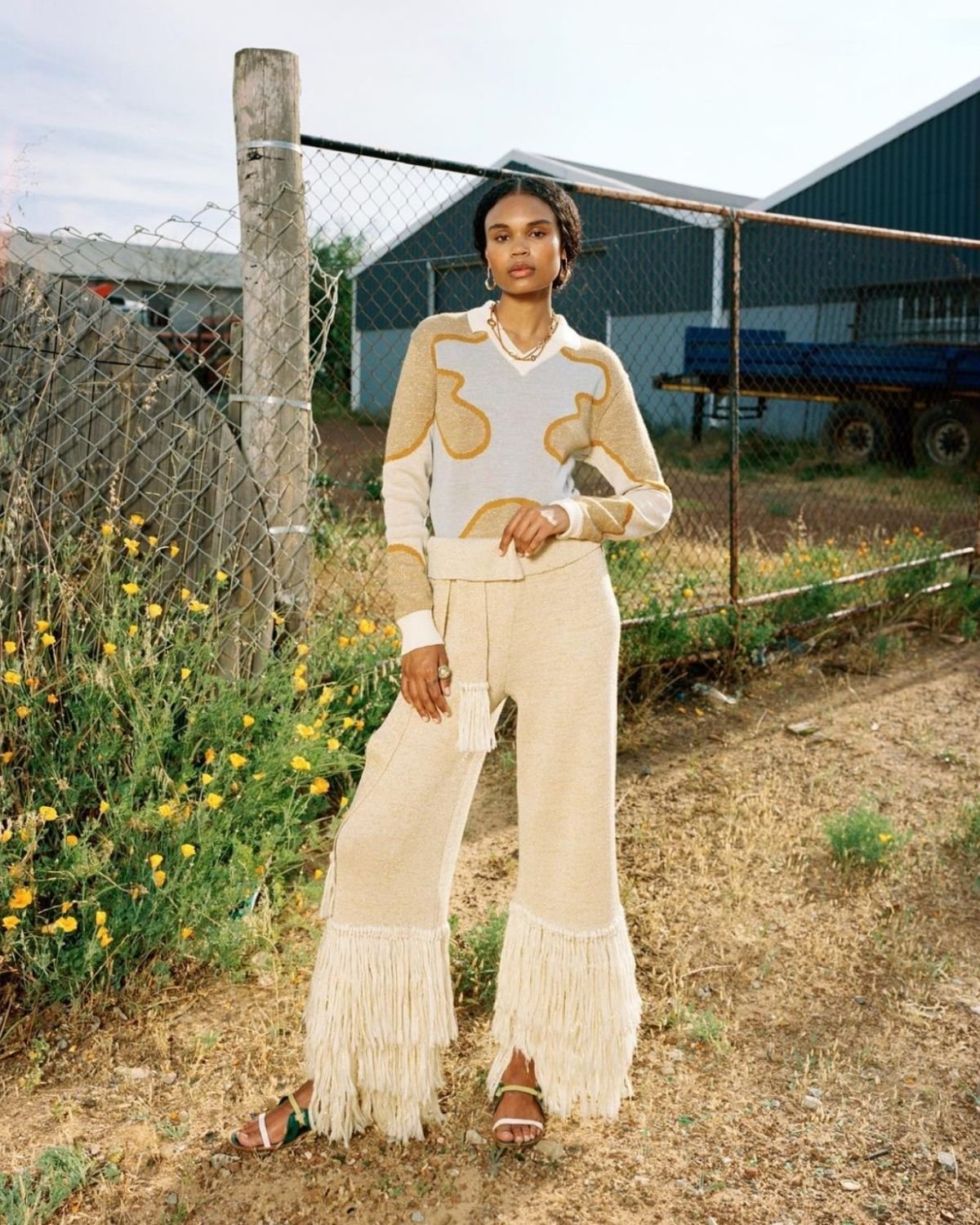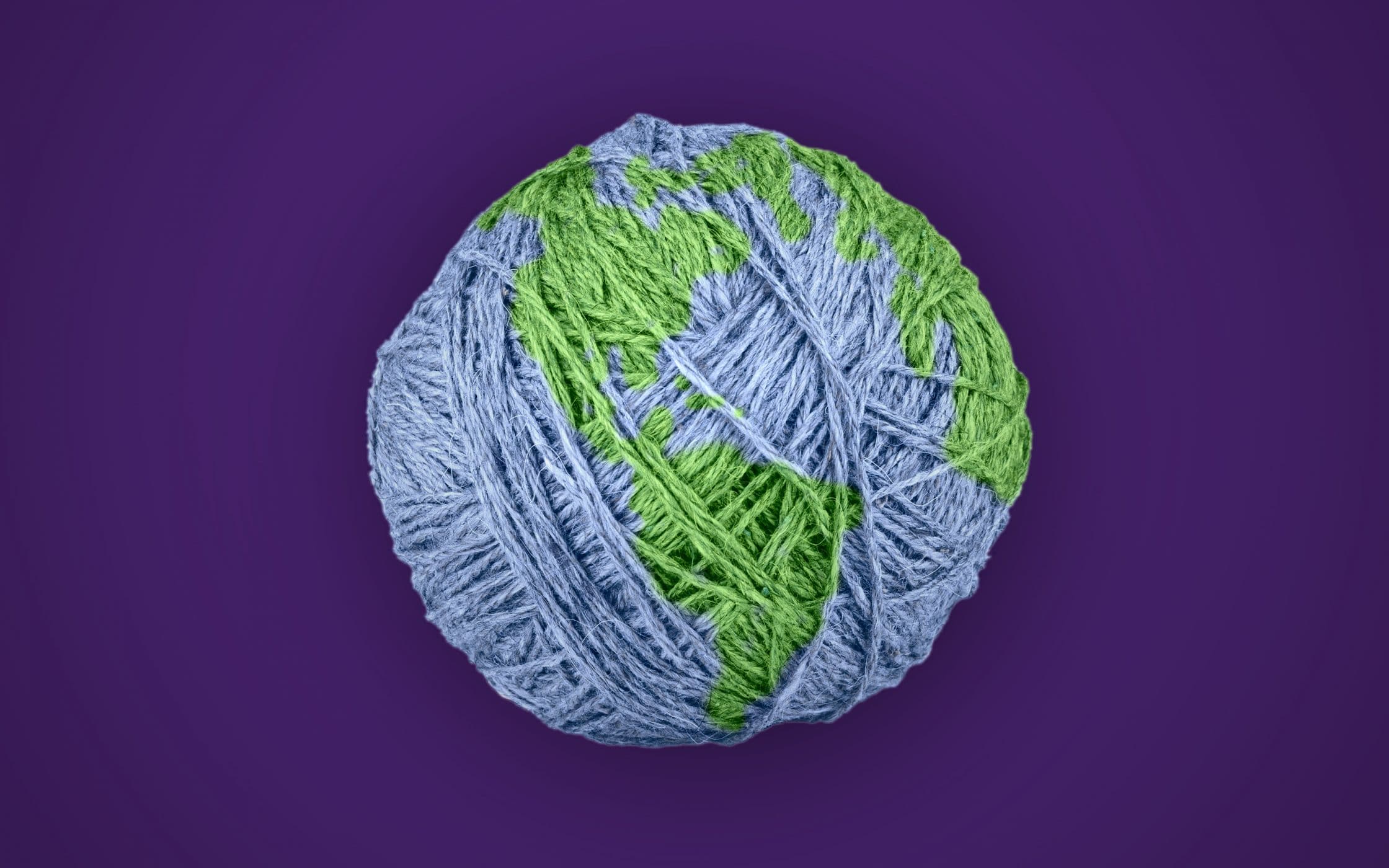The Foreseeable Future of Cape Town Sustainable Fashion in the Global Market
The Foreseeable Future of Cape Town Sustainable Fashion in the Global Market
Blog Article
Keep Ahead of the Contour by Checking Out Cutting-edge Fashion Trends
In a sector as dynamic as fashion, remaining in advance involves more than simply following existing patterns-- it demands an expedition of innovation. The convergence of technology and style declares a brand-new age of consumer interaction.

Embracing Smart Textiles
In recent times, the apparel industry has experienced a transformative change with the assimilation of clever textiles, a cutting-edge technology that mixes modern technology with fabric. This development represents not just a blend of looks and performance but additionally a considerable leap towards sustainability and customization in style. Smart textiles, also called e-textiles, embed sophisticated electronics such as sensors and conductive strings within the material, enabling garments to interact with the wearer or the atmosphere.
These fabrics are designed to keep an eye on physiological parameters, such as heart price or body temperature level, supplying real-time wellness analytics. Beyond health applications, smart textiles are additionally being used for adaptive apparel, which can alter shade or pattern in action to ecological stimuli, thus using a dynamic fashion experience.
Additionally, the growth of energy-harvesting fabrics that create power from motion or sunshine is leading the way for self-sufficient wearable modern technology. This advancement is interesting environmentally conscious consumers and developers intending to decrease the ecological impact of fashion. As study and development in this field development, clever textiles are expected to come to be significantly prevalent, improving the landscape of modern style with their multifunctional capabilities.
The Increase of 3D Printing
Transforming the production landscape, 3D printing has emerged as a game-changer in the style industry. This cutting-edge innovation has actually made it possible for designers to push the borders of imagination, creating intricate and tailored garments that were formerly inconceivable. By leveraging digital design and additive manufacturing, 3D printing facilitates the production of intricate geometries and patterns, enabling developers to trying out brand-new appearances and frameworks.
A notable benefit of 3D printing in vogue is its capacity to produce on-demand, lessening waste and lowering stock demands. This effectiveness not only maximizes manufacturing processes however additionally permits rapid prototyping, allowing developers to bring their visions to life in a much shorter timeframe. In addition, 3D printing supports modification to a degree unmatched by conventional techniques, supplying unique designs and personalized fits customized to specific customer choices.
The surge of 3D printing has also democratized style, making it easily accessible to arising developers that can currently make top notch pieces without substantial monetary investment in standard manufacturing framework. As modern technology continues to advance, the apparel industry is poised to harness the complete capacity of 3D printing, exploring brand-new products and strategies that will most certainly redefine how fashion is developed and created.
Lasting Fashion Developments
As the apparel industry grapples with journalism need for ecological responsibility, lasting style advancements have arised at the forefront of transformative modification. The growing awareness of environmental influence has sustained a shift in the direction of more eco-conscious methods and products. Developers and brands are now focusing on sustainability, incorporating methods that minimize waste and minimize carbon footprints.
One considerable advancement is the increase of round style, which emphasizes recycling and upcycling to prolong the lifecycle of garments. This approach not only lowers waste but likewise motivates consumers to take on a more mindful approach to clothing usage.
One more development depends on the adoption of innovative dyeing strategies that utilize waterless procedures or all-natural dyes, therefore lowering the vast quantities of water and chemicals traditionally used in textile dyeing. Moreover, advancements in biotechnology have brought about the development of lab-grown leather and materials, offering environmentally friendly and cruelty-free options to conventional products. Via these introducing initiatives, the apparel industry is making significant strides towards like this a more sustainable future.

Tech-Integrated Garments
Tech-integrated apparel represents a cutting-edge blend of fashion and technology, reshaping exactly how people connect with their clothes. This ingenious domain name is noted by the inclusion of smart fabrics and embedded digital elements, enhancing both capability and visual appeal. From fitness trackers installed in sportswear to heated coats managed via smartphone applications, tech-integrated apparel offers consumers unprecedented comfort and flexibility.
Introducing brand names are driving this fad, concentrating on creating garments that reply to environmental stimuli or customer commands. As an example, some garments can transform color or pattern in feedback to temperature level shifts, while others integrate biometric sensors to monitor health and wellness metrics like heart rate or anxiety levels. The smooth assimilation of modern technology right into fabrics additionally prolongs to ecological sustainability, with initiatives to create self-cleaning fabrics or garments that change to climate condition, thus minimizing the need for numerous layers.
Furthermore, the arrival of wearable innovation is not simply restricted to clothes yet reaches devices like watches and eyewear, further widening the scope of tech-integrated style. As the sector remains to introduce, the capacity for modification and customization in garments expands, using customers unique, tech-enhanced fashion experiences that satisfy their specific demands and preferences.
Future of Virtual Fashion
In recent years, the future of digital fashion has actually emerged as a transformative force within the market, leveraging improvements in electronic technology to redefine just how style is developed, experienced, and taken in. By integrating augmented truth (AR), online fact (VR), and over here 3D style tools, developers can currently craft interactive and immersive experiences that go beyond standard fashion borders. Virtual style permits the creation of garments that exist exclusively in electronic atmospheres, offering endless possibilities for advancement without the limitations of physical manufacturing.
This electronic change not just offers opportunities for innovative expression however also addresses sustainability issues intrinsic in typical fashion techniques. Cape Town Sustainable Fashion. By removing the requirement for physical sources, online style lowers waste and reduces carbon impacts. Additionally, the surge of virtual style lines up with the increasing consumer demand for special and customized experiences, as virtual garments can be customized and tailored to individual choices easily

Conclusion
The style sector's future hinge on the assimilation of lasting practices and innovative innovations - Cape Town Sustainable Fashion. Smart textiles and tech-integrated apparel are enhancing capability, while 3D printing offers opportunities for customization and waste reduction. Sustainable fashion, via round methods and environment-friendly materials, demonstrates a dedication to environmental stewardship. Additionally, virtual fashion is positioned to redefine consumer interactions. Adjusting to these patterns is crucial for brand names looking for to remain competitive and pertinent in this quickly developing landscape.
In current years, the style market has actually observed a transformative shift with the combination of clever textiles, a cutting-edge development that mixes innovation with fabric.As the fashion industry grapples with the pushing demand for ecological duty, sustainable fashion innovations have emerged at the center of transformative modification.In recent years, the future of virtual fashion has arised as a transformative pressure within the market, leveraging improvements in digital innovation to redefine just how fashion is created, experienced, and eaten. The increase of virtual style lines up with the increasing consumer demand for distinct and personalized experiences, as online garments can be personalized and tailored to specific choices with convenience.
The style sector's future lies in the get redirected here assimilation of lasting practices and cutting-edge technologies.
Report this page